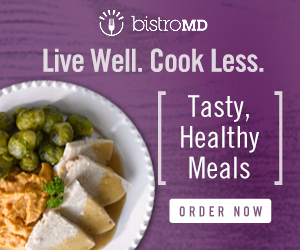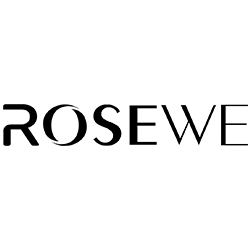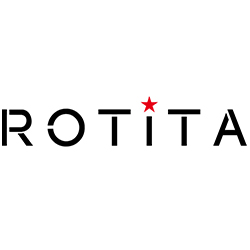With nearly half of California residents still not fully immunized against COVID-19 and the highly infectious delta variant in wide circulation, the state could be facing a surge up to two-thirds the size of last summer’s wave of infection despite generally high vaccination rates, health officials said Tuesday.
If such a surge materializes, it almost certainly will be far less deadly and disruptive than what the state endured over the winter, when more than 22,000 Californians died between Thanksgiving and the end of January and the state was largely shut down for several months.
People who are not vaccinated are bearing the vast majority of disease burden, making up over 99% of hospitalizations and deaths, state officials said, and that trend is expected to continue.
New cases have climbed slightly among the vaccinated over the past few weeks, and are now hovering just under 1 case a day per 100,000 vaccinated people. But they’ve spiked among those who are not vaccinated, from a low of roughly 3 cases a day per 100,000 unvaccinated people a month ago to about 5 cases per 100,000 currently.
“We need to really move the dial on vaccinations. That’s still our way out of this pandemic,” said Dr. Erica Pan, the state epidemiologist, during a panel Tuesday hosted by the California Medical Association.
All metrics of the pandemic — including cases, hospitalizations, intensive care admissions and deaths — hit unprecedented lows just before the state reopened June 15, Pan noted. “So we have a lot of runway” to contain the spread now, even as transmission increases statewide, she said.
But the state’s reopening coincided with the introduction of the delta variant in California, which is leading to a faster than expected upswing in cases. Fourth of July gatherings likely contributed to the rapid increase. “Do we think it will be as devastating as last winter? That seems extremely unlikely,” Pan said. “But we could see a half to two-thirds of what we were seeing last summer.”
California is averaging roughly 2,000 cases a day — more than double the caseload from early June. Cases peaked at about 9,600 a day during last summer’s surge. Hospitalizations have increased about 78% over the past month, to just under 1,600 as of Monday. At the summer peak about 7,000 people were hospitalized.

Dr. Erica Pan, state epidemiologist with the California Department of Public Health, in a news conference at Oakland Coliseum on March 11 in Oakland.
Santiago Mejia/The ChronicleLos Angeles County has reported especially troubling spikes recently, including five consecutive days with more than 1,000 cases. The county hasn’t been consistently over 1,000 cases a day since early March.
San Francisco reported 153 new cases on Tuesday alone, according to Chronicle data tracking, though city officials said that number did not represent the actual total for the day and likely included backdated cases. The city reported about 30 cases a day last week, nearly double the week before.
Several Bay Area counties have seen cases double over the past week or two.
“The numbers out of L.A. are sobering. But the numbers in the Bay Area, especially when we look at counties that have the lower vaccination rates, are sobering too,” said Dr. Kirsten Bibbins-Domingo, vice dean for population health and health equity at UCSF. “It’s hard not to get completely demoralized by it. We’re really just a month out from the full reopening.”
Dr. Nicholas Moss, the Alameda County health officer, said he’d expected cases to increase after the state reopened, but not this quickly. “My largest concern is that it’s going to get worse before it gets better,” he said. “We haven’t peaked yet with this summer wave. But my hope is that we don’t see as much impact of severe illness because of vaccination.”
The climbing cases are triggering renewed urgency to increase the pace of vaccination statewide, especially among younger people who have lower rates than older adults and have generally driven the spread of disease in previous surges. About 80% of adults 50 and older are at least partly vaccinated statewide, compared with only 66% of adults 18 to 49, and just 43% of teens age 12 to 17.
Generally, Black and Latino Californians also have lower vaccination rates, compared to white and Asian residents.
Coaxing people who haven’t yet been vaccinated to get shots now takes more time, effort and patience, public health officials have said. But they’re running out of time to protect those individuals as the delta variant leads to much faster and easier spread of disease.
“The vaccination game right now is slow, but people are still getting vaccinated every day,” Bibbins-Domingo said. “Right now, the urgency of the high cases we’re seeing makes us think through what else is at our disposal.”
Pan and other officials have said that they want to avoid returning to stringent public health restrictions, including another universal mask mandate. Currently people who are not vaccinated are required to wear masks indoors, but the rule is not often enforced.
The state announced this week that it would require masks for all K-12 students, even those who are vaccinated, when they return to class. The decision was made partly in light of the increasing case counts and the delta variant gaining a foothold.
“Certainly in levels of high community transmission, it makes sense to have more universal masking,” Pan said, though she stopped short of suggesting another statewide mandate was on the horizon. “If you’re in a high-risk setting, it’s the safest thing to mask. And it’s pretty easy to do. It’s one of the most effective and least disruptive tools we have.”
Erin Allday is a San Francisco Chronicle staff writer. Email: eallday@sfchronicle.com Twitter: @erinallday


